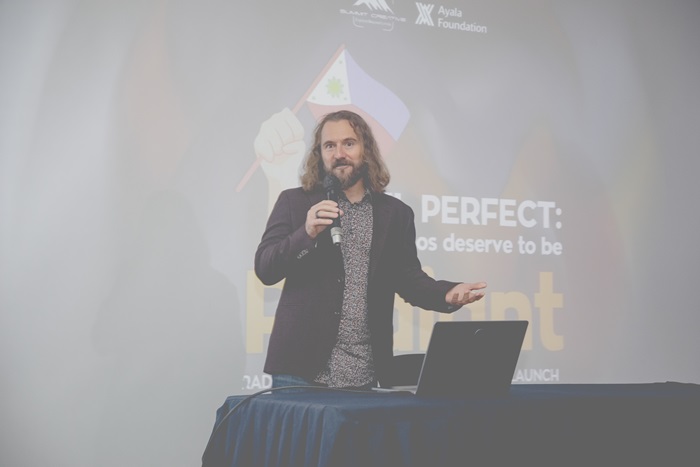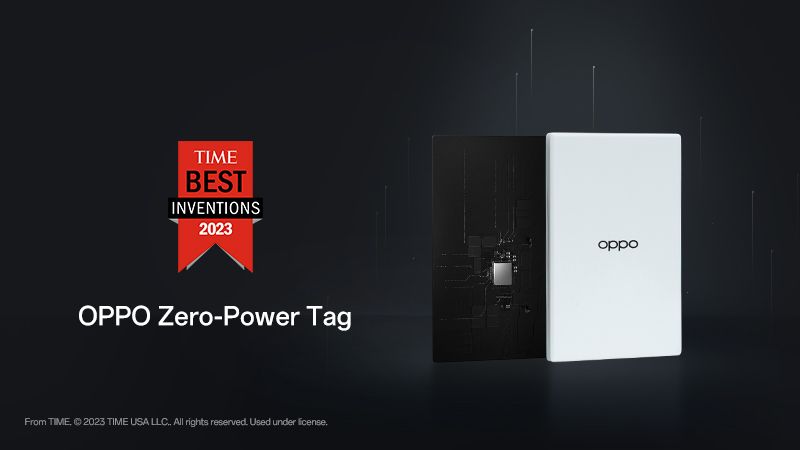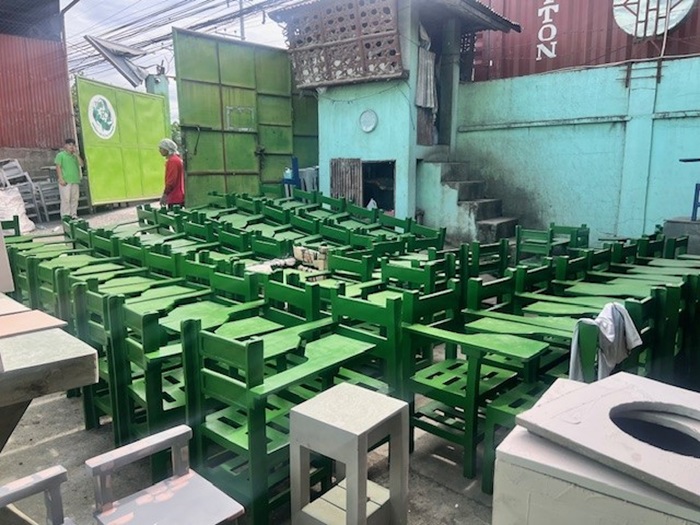Greenpeace Philippines’ Guide to the Average Filipino’s Solar rooftops
The world is such a dirty, polluted place right now but there’s still hope. And that hope springs from the use of renewable energy such as solar power. Greenpeace Philippines offers this quick and simple guide for the average Juan dela Cruz and Juana dela Cruz when it comes to solar rooftops.
Step 1. What is Solar Power
If you want to really use technology efficiently, you need to have a good idea of what the technology is and how others use it. It’s the same thing for solar power. Incidentally, getting to know what solar power is will also remove any doubts that this is the cleaner and more sustainable way to power your homes.
In a recent event, local celebrities who have taken up the cause of solar power have teamed up with Greenpeace Philippines for a short series called Juana Solar Busts a Myth in Minutes (you can watch that on http://www.iwantsolar.ph). The goal is to debunk all the negative myths that come along with the topic of common renewable energy.
Ask a friend or relative who’s a solar consumer directly about his/her experience. It’s also a great idea to look into first-hand accounts from solar energy users. Thesesolar stories are where you’re most likely to get the answers you’re looking for.
It’s also worth reading up on how light energy is converted into electricity. Many sites offer comprehensive yet newbie-friendly materials on the science behind solar panels, like Save On Energy’s article on how solar panels work.
Step 2. Do an energy audit
It’s necessary to find out how much energy you consume. It’s a crucial step in determining the solar equipment you’ll need, and also helps you determine how much you can save in terms of both energy efficiency and production.
With a bit of research, you can conduct the energy audit yourself or seek the help of a solar panel provider. Most providers can even give you an estimate of how much you can save on your monthly electricity bill with each specific number of solar panels you install.
Once you know the amount of power you need after installing energy efficient systems, then you can decide on and ask your preferred provider about the following:
Partial System vs. Full System – you can opt to acquire a system to power your entire home or start with having certain appliances or parts of your house powered by solar energy.
Off-grid setup vs. Grid-tied setup – An off-grid setup allows you to be independent from the power supplier in your area. With an off-grid setup you’ll need a controller, inverter, and batteries to be able to store energy for nighttime use. With a Grid-tied setup, you produce solar energy from solar panels and sell the energy back to your local electric company. This setup can lower your electricity bills with net metering.
Type and size of panels (including size of battery, charge controller and inverter, if not connected to the grid) – The type and size of panels will depend on your budget, energy needs, available space and location. It’s best to consult with your provider on this.
Step 3. Financing
There are already many financing options available for those looking to solarize their homes or businesses. Some solar panel providers offer in-house financing in easy installments, while banks like BPI and BDO offer loans specifically for solar home installations.
PAG-IBIG also offers loans for the purchase and installation of solar panels to members who want to save on electricity costs with renewable energy through the agency’s Home Improvement Loan.
Step 4. Purchase & Installation
Another thing to consider when you purchase solar panels is finding the optimal space for it in your home.
We highly recommend that you leave the installation to experts to avoid safety hazards. Most providers can tell the optimal location and orientation of the panels.
You may visit http://www.iwantsolar.ph/solarize-your-home for a downloadable list of solar panel providers in the Philippines.
Step 5. Reap the benefits and share your story!

As part of the Earth Hour program in Malate Church, volunteers from the community and the environment group Greenpeace light up candles and display an LED
(light emitting diode) installation, powered by solar electricity,spelling the words “Renewable Energy. Energy Efficiency” to highlight the need for an ‘Energy Revolution’ to call for solutions to climate change. Greenpeace is using the opportunity during this year’s Earth Hour to call attention to the need for commitment from political leaders to support the massive shift from dependence on climate change-causing fossil fuel to renewable energy and energy efficiency technologies.
If it’s good to connect with like-minded individuals early on, it’s even better to share your experience with many more who are scared of taking the first step. Your solar story can change lives!
Demonstrating the benefits of solar energy will call attention to the slow progress of renewable energy uptake in the country’s energy mix. This will increase the pressure on newly elected officials to do their part in speeding up the shift to clean, renewable energy, which is also the key to the Philippines’ energy independence.
Best of all, you get to play an active role in the imminent transition to a 100% clean energy future.




















